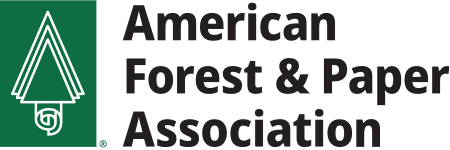A New Paradigm for Preventing Serious Injuries and Fatalities
By Paul R. Noe
Vice President, Public Policy
The forest products industry, like others, has embraced a new paradigm to help prevent serious injuries and fatalities (SIFs) in the workplace. Safety professionals for many years acted under a paradigm based on the concept of the “Safety Triangle,” which assumed that if minor injuries at the bottom of the triangle were reduced, the more serious injuries at the top of the triangle also would commensurately decline. This led to a focus on reducing the total number of injuries – measured through the Occupational Safety and Health Administration’s “Total Recordable Incident Rate” (TRIR) – as the way to measure success in safety efforts. But increasingly, companies and industries that were achieving significant declines in their TRIR were not seeing comparable declines in SIFs.
Pioneering thought leaders, particularly Dr. Tom Krause, closely examined the data for many industries and concluded that even significant declines in the TRIR actually were not producing comparable reductions in SIFs.1 This revealed that only a subset of minor injuries are associated with precursors to SIFs, so reducing SIFs requires a different strategy than reducing minor injuries.2 As a result, safety professionals have begun to focus on leading indicators, rather than lagging indicators such as the TRIR, directing resources and attention to identifying and remediating SIF precursors -- unmitigated high-risk situations that would result in a SIF if allowed to continue.3 This can be achieved through an ongoing process that facilitates continual learning and improvement.4
With the insights of experts such as Dr. Krause and others, and the support of its Board of Directors, member company safety professionals, worker representatives and workers, AF&PA launched a voluntary SIF prevention program in 2019. Major elements of the program include: (1) leadership and management commitment; (2) employee involvement; (3) risk identification; (4) risk management; (5) measuring and monitoring progress; and (6) continuous improvement.
How each company addresses the details will depend on many factors, such as their current needs, characteristics of their facilities, level of safety maturity, strength of existing safety programs, capability to adapt, and strength of safety leadership and culture.5 We have much work ahead, but we are grateful to be heading in the right direction.
1 See, e.g., Thomas R. Krause and Kristen J. Bell, 7 Insights Into Safety Leadership (Kendra Greene, ed., The Safety Leadership Institute, 2015) (www.amazon.com/7-Insights-into-Safety- Leadership/dp/0996685901).
4 See, e.g., Donald K. Martin and Alison Black, “Preventing Serious Injuries and Fatalities (SIFs): A New Study Reveals Precursors and Paradigms,” DEKRA Insight (2016) (https://dekra- insight.com/images/white-paper-documents/wp_preventing-sif_us_A4.pdf)
5 See id.
